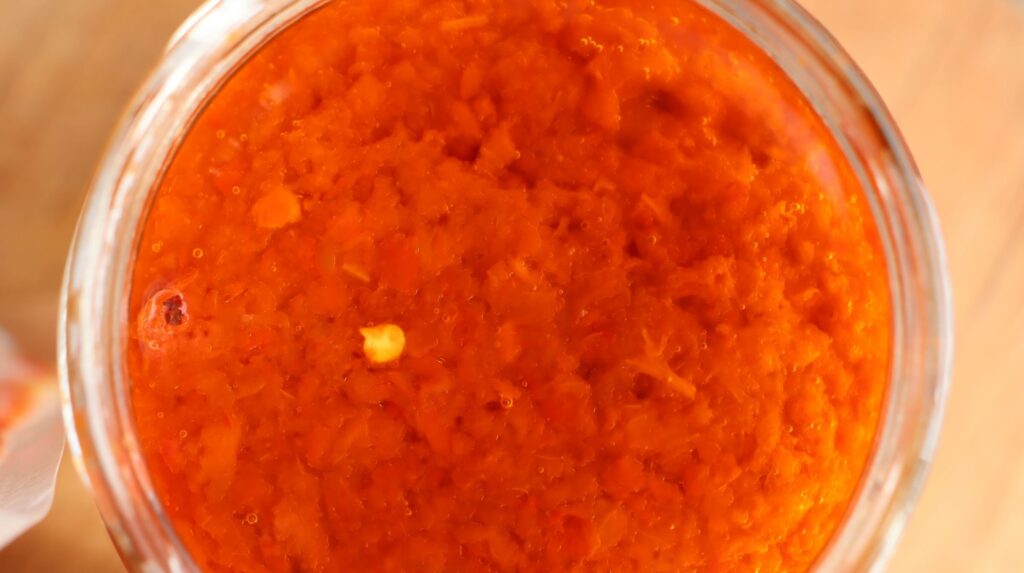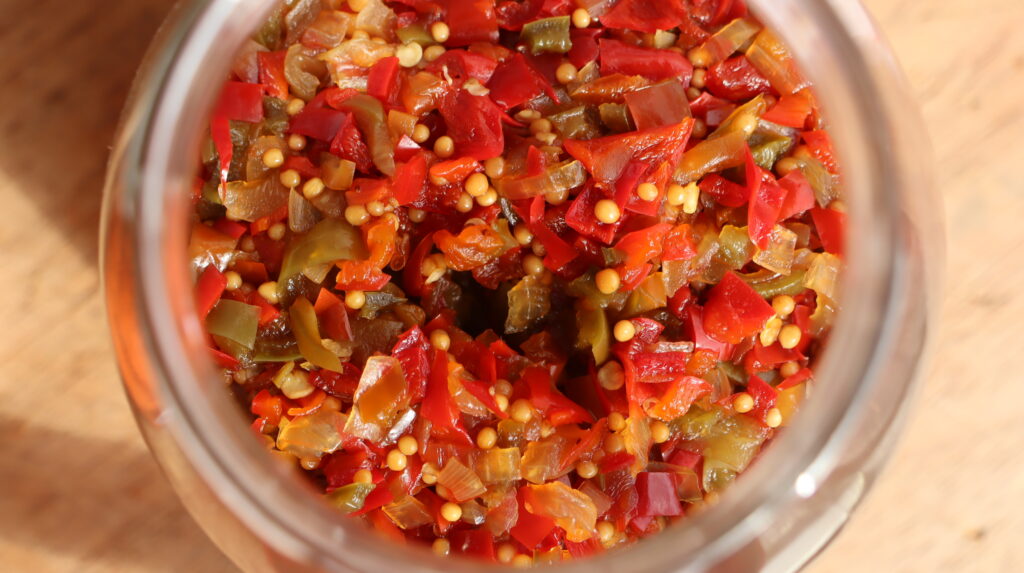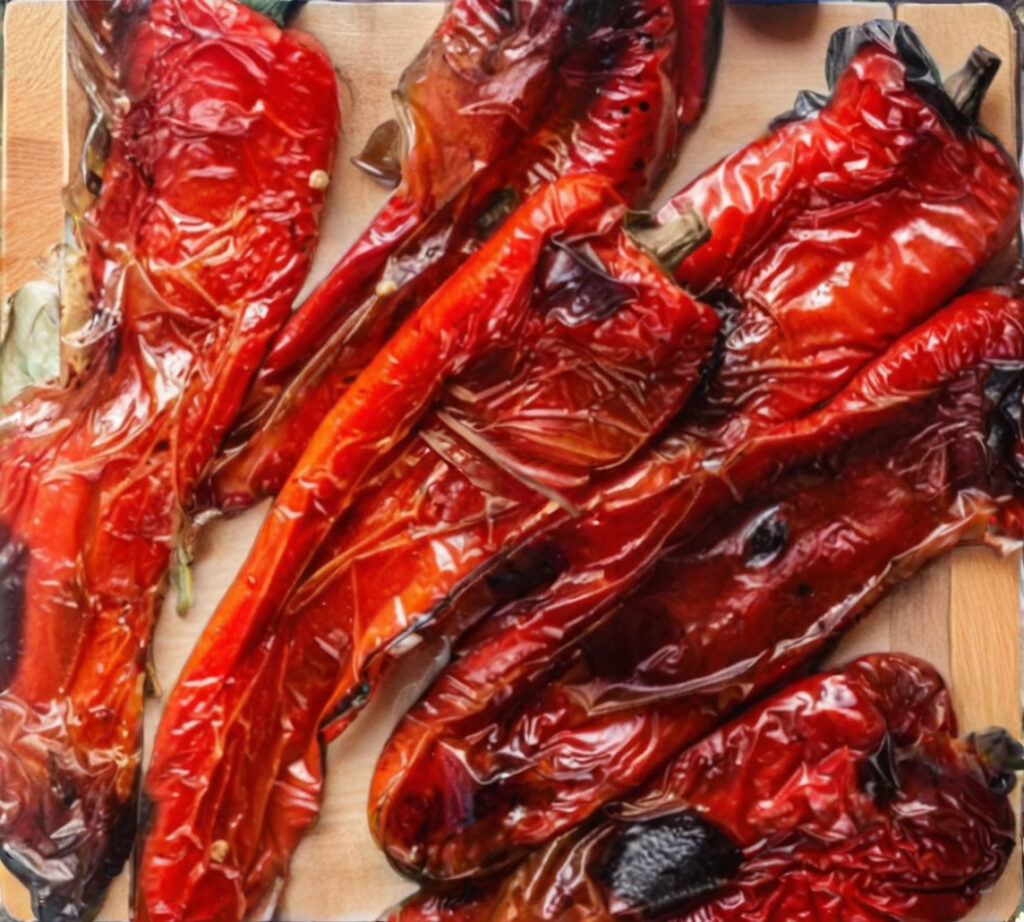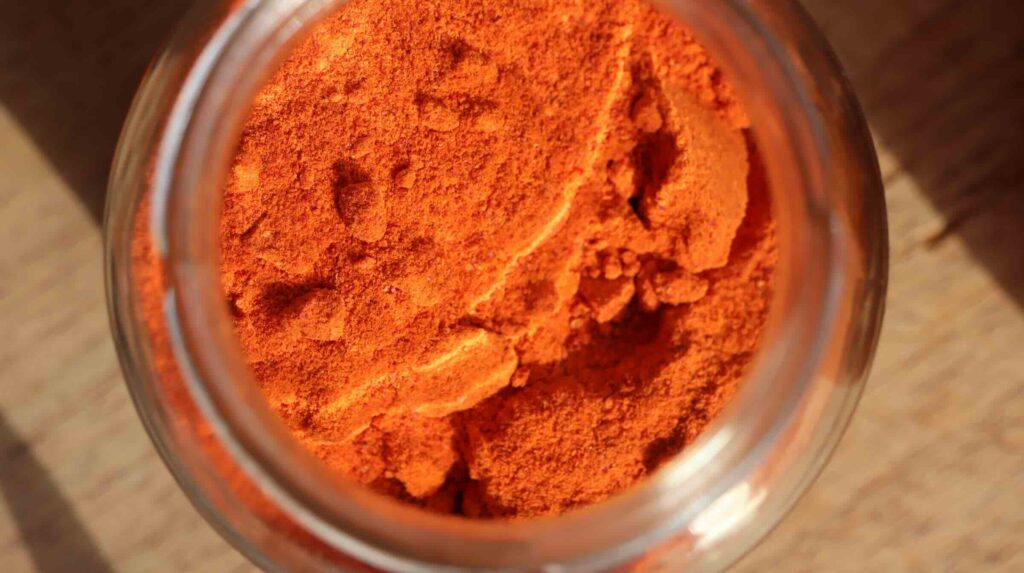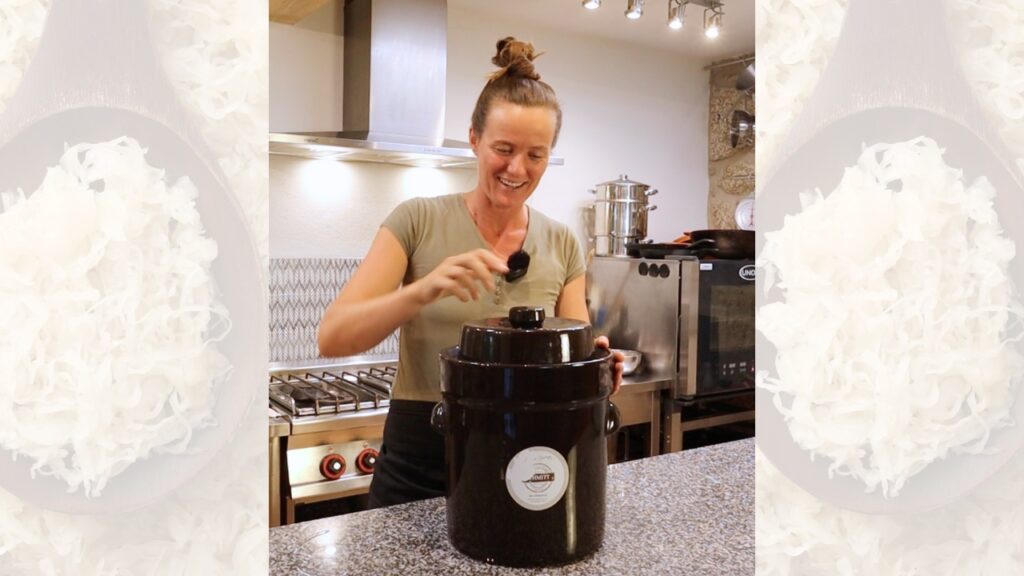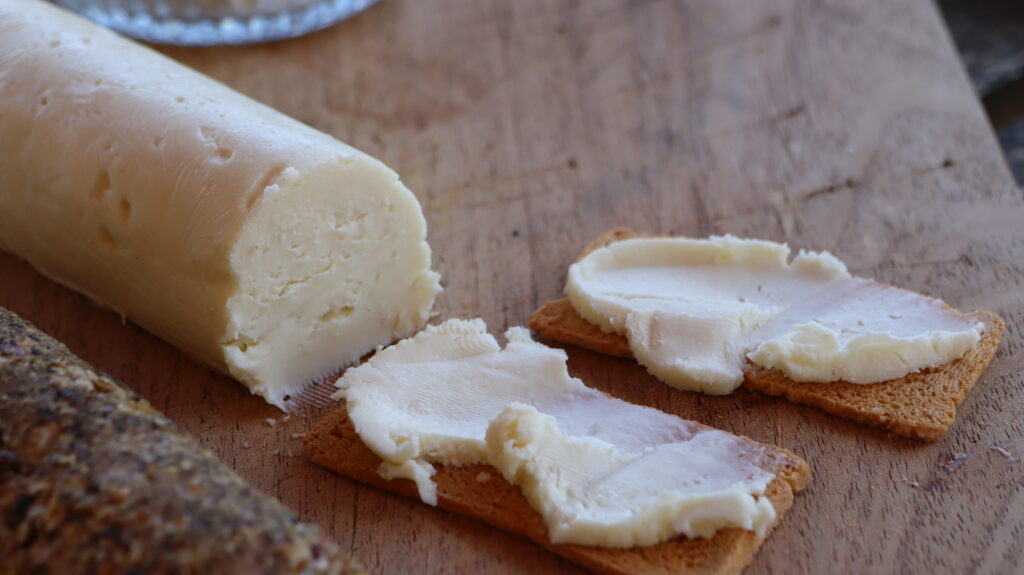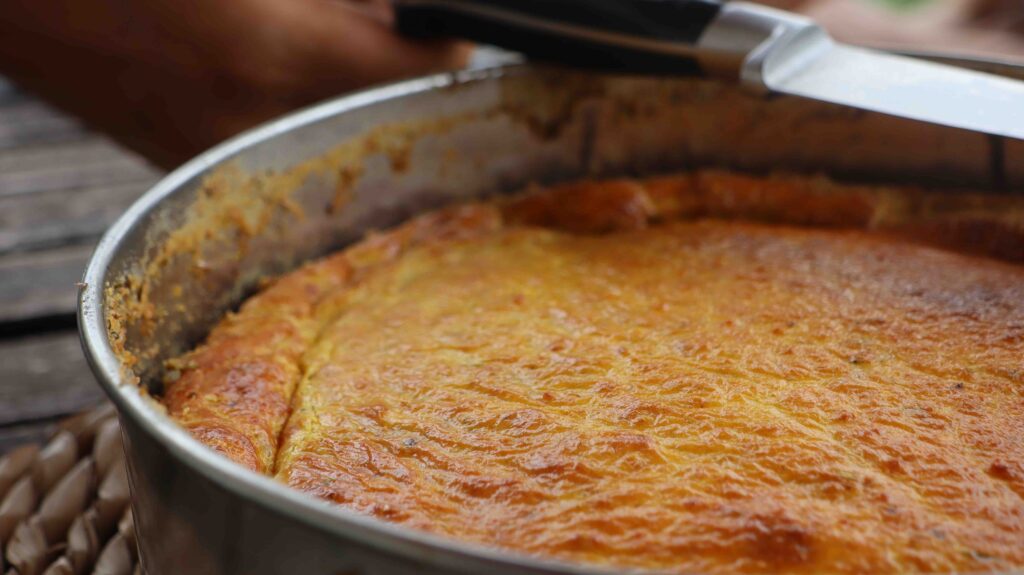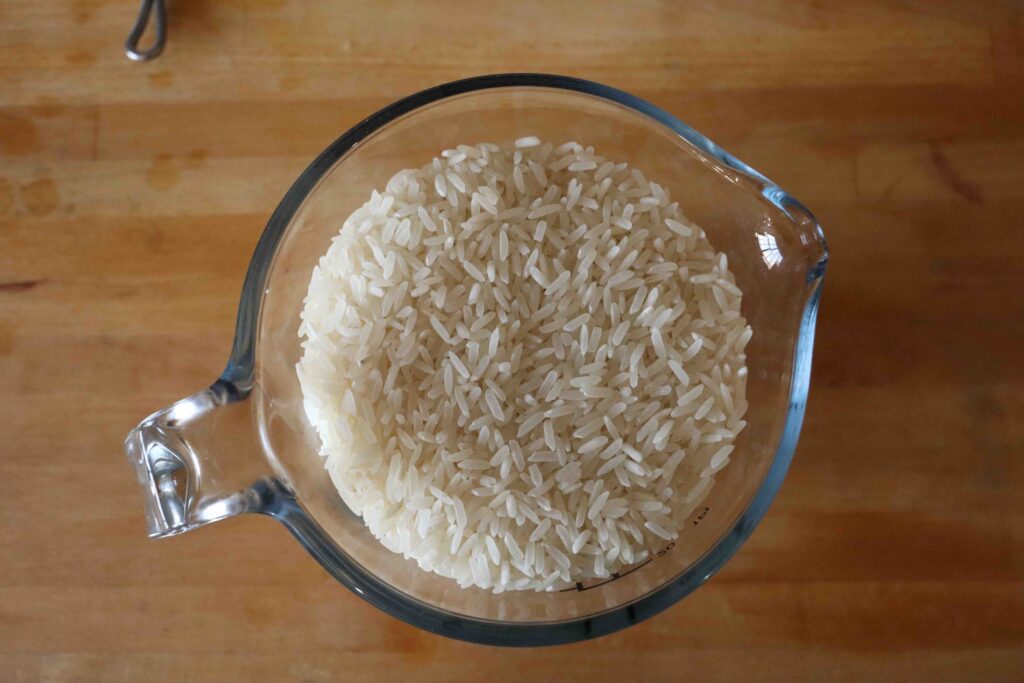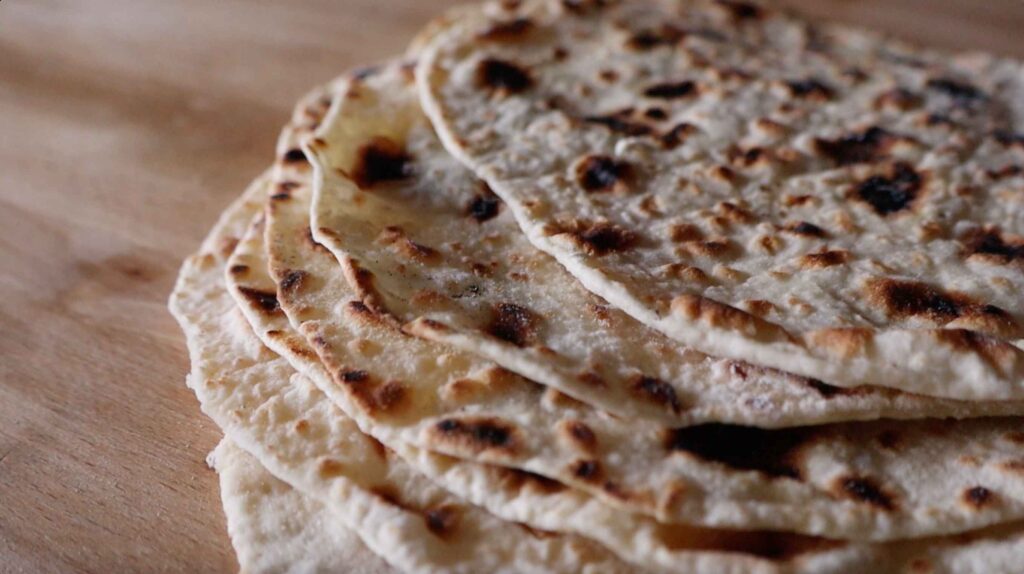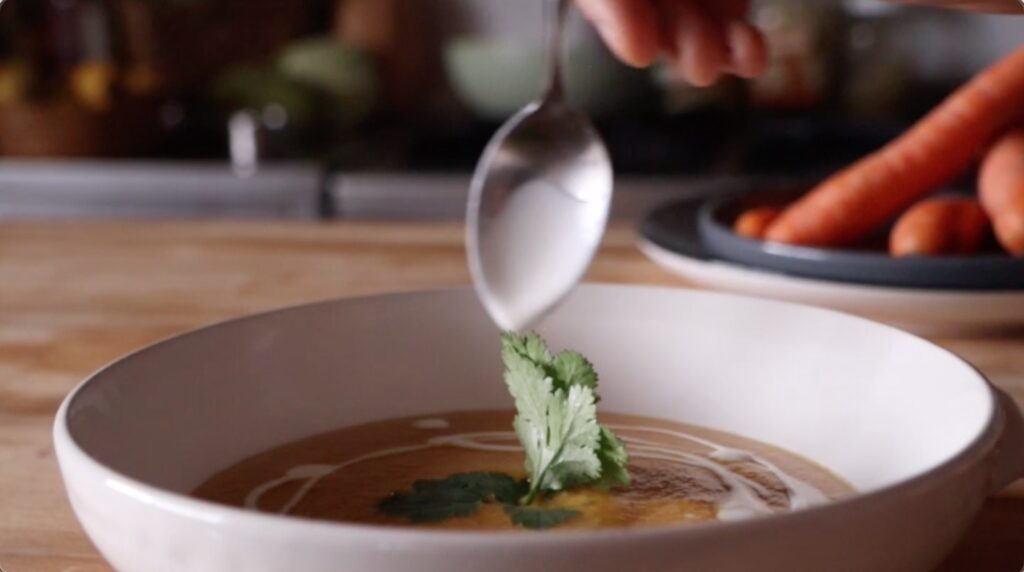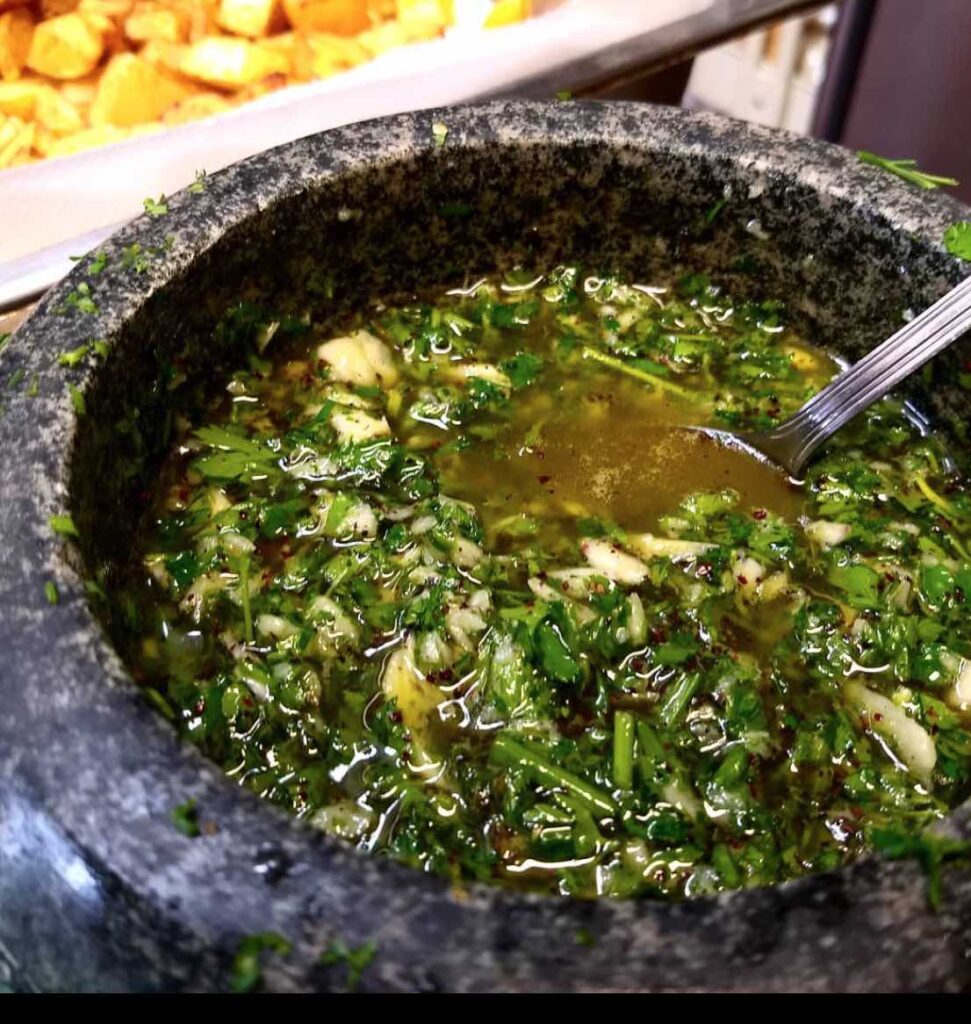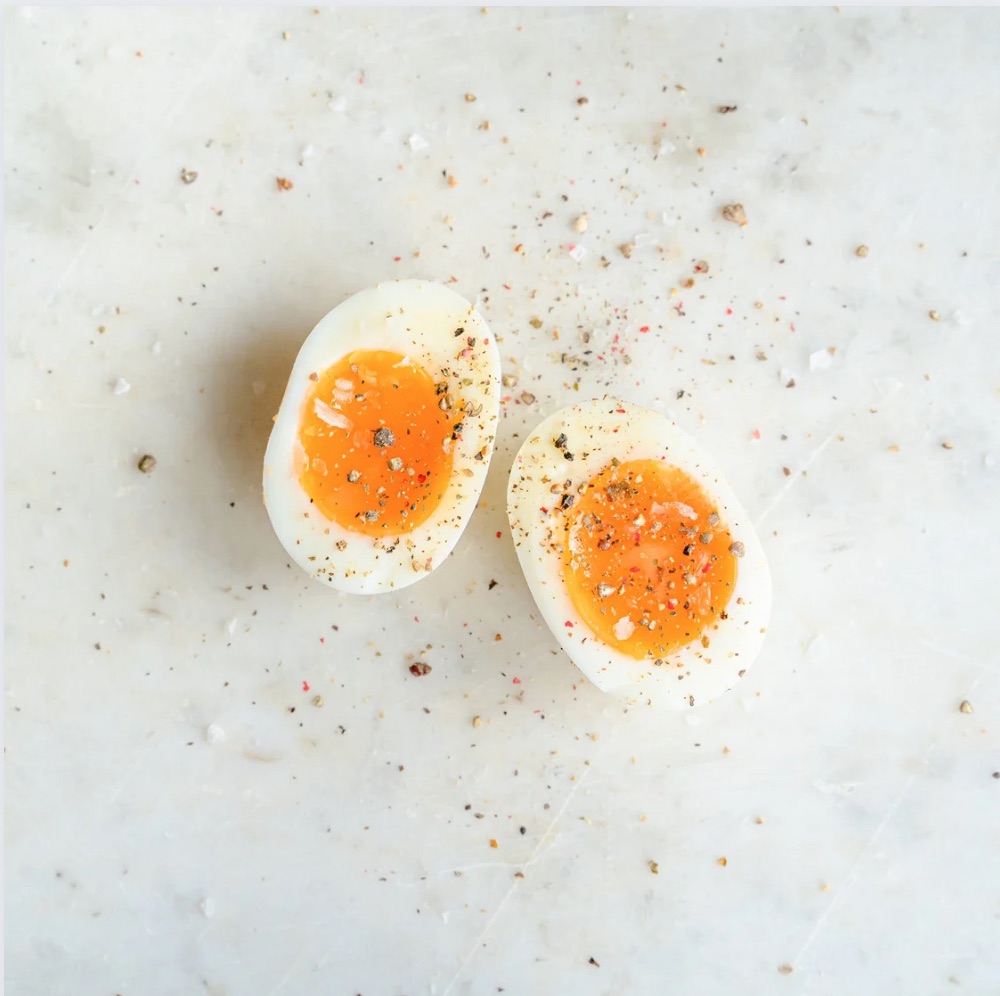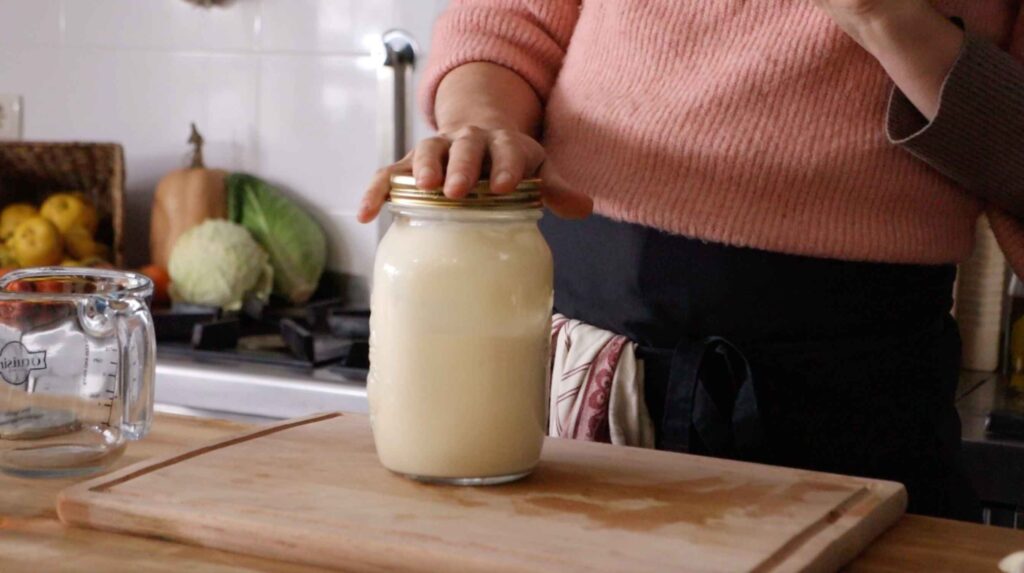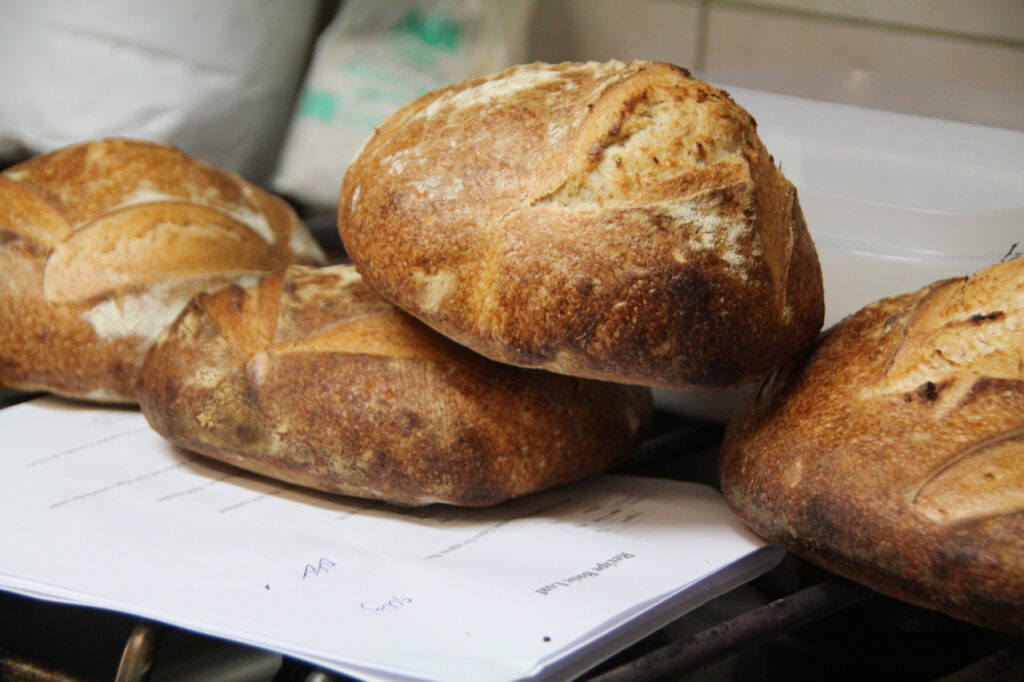Fermented mustard
Fermented mustard is not only packed with flavor but also offers several health benefits. The fermentation process introduces beneficial probiotics, which support gut health and improve digestion. Mustard seeds themselves are rich in antioxidants, vitamins, and minerals like selenium, magnesium, and omega-3 fatty acids, which promote heart health, reduce inflammation, and support immune function. Additionally, fermented mustard has a lower sugar content compared to many store-bought varieties, making it a healthier condiment choice.
https://youtu.be/J1vkc2yEPcA?si=jZnzdMXSIi3BRwGS

Making fermented mustard
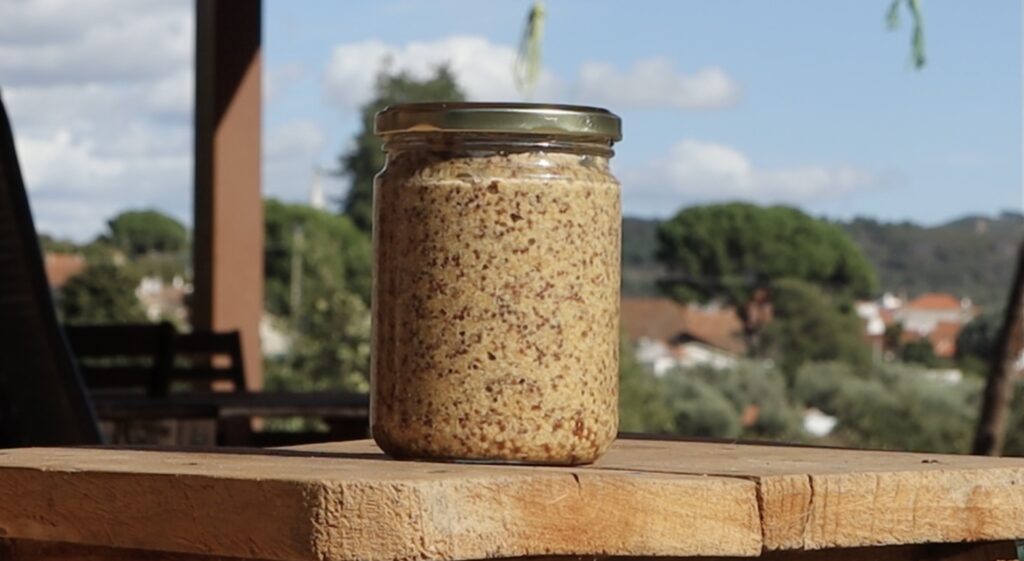
Brown mustard seeds have a spicier, more robust flavor compared to yellow mustard seeds, which are milder and slightly sweeter. Brown seeds are often used in Indian and Asian cuisine, adding heat and depth, while yellow seeds are commonly used in traditional mustard condiments, providing a more mellow, tangy taste. Brown seeds also have a higher oil content, contributing to a stronger kick, whereas yellow seeds are often preferred for their subtle flavor in recipes like pickles and sauces.

Serves:
350 ml jar
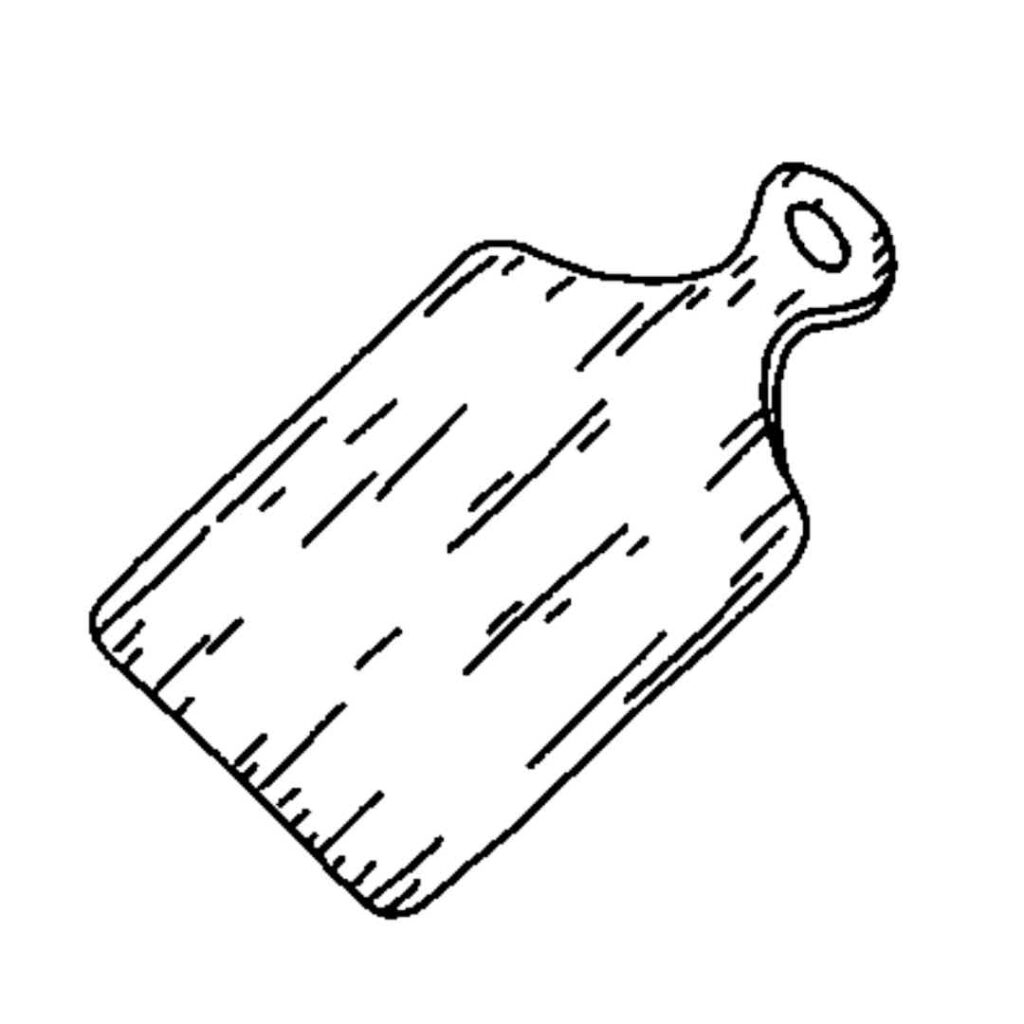
Time to Prepare:
4 days

Time to cook or cure:
25 min
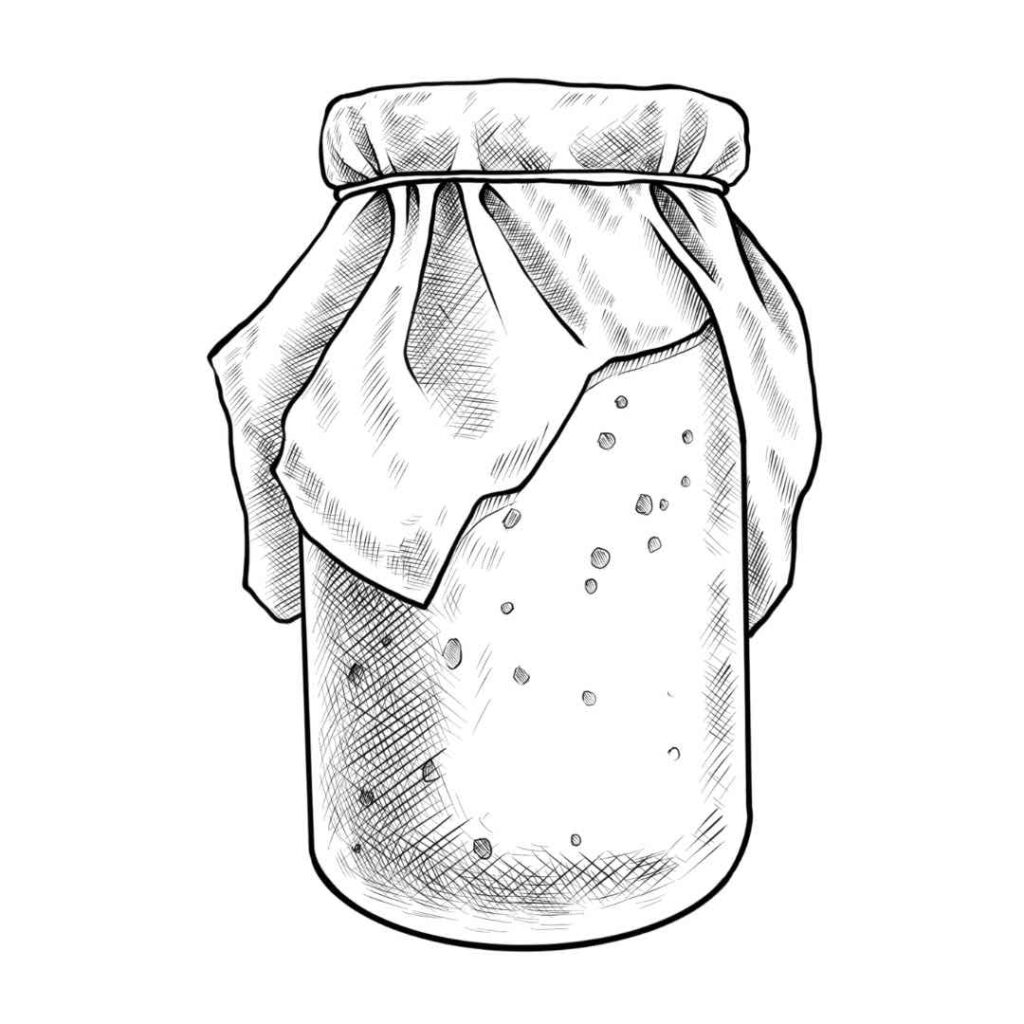
Skill
Fermentation & sauce making
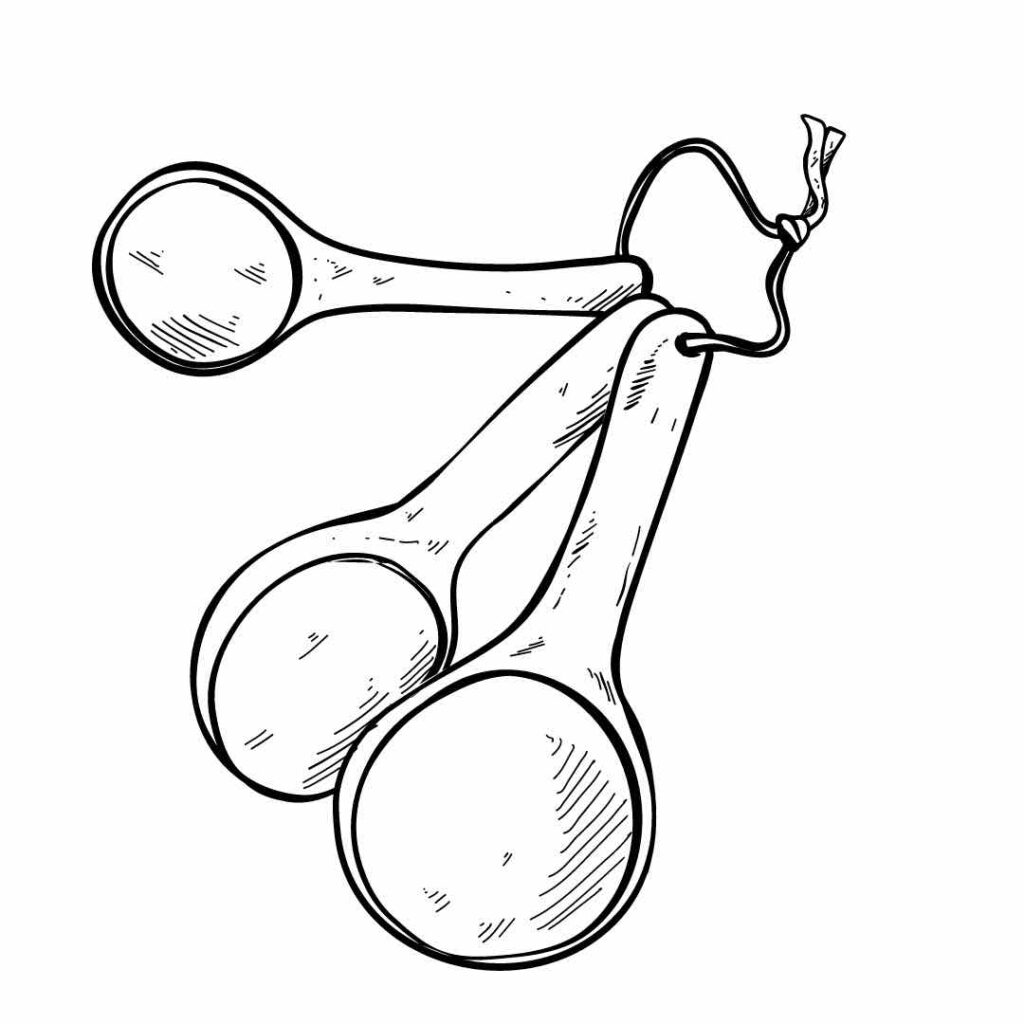
Serves:
350 ml

Time to Prepare:
4 days

Time to cook or cure:
25 min

Skills:
Fermentation & Sauce Making

Ingredients & Tools
Ingredients
- 150 gram yellow mustard seeds
- 120 gram of dark mustard seeds
- 10 ml of white wine vinegar
- 1 clove of garlic grates
- enough clean (filtered) water to fill up 250 ml jar.
- 1/2 tsp salt (4-5 gram)
- extra 1 teaspoon of salt
- 1 tteaspoon turmeric powder
- 1 tablespoon of unrefined cane sugar
- honey (optional)
Tools
- sterile jar with lid
- grater
- spoon
- magic wand mixer
- spatula
- small mixing bowl
Useful guidelines
Getting rid of bitter flavour
Some mustard seeds pack bitter punch. If you want to deminish this flavour, you simply need to rinse your seed before hand. Just a quick wash with tepid water. Also letting the whole ferment a little longer before popping it into the fridge can reallt do wonders.
Directions
Simply follow these steps in order to make homemade fermented mustard:
- Combine the seeds in a sterile jar and stirr.
- Add in vinegar, salt and grated garlic clove
- Mix well.
- Put the lid on loosely and let it ferment on room temperature (about 20 celsius) for 4 days.
- When the four days are over, blend the mustard to your liking after adding 1 tsp of black pepper and 1 tsp of turmeric and 1 tablespoon of sugar.
- Seasoning of the mustard can be done doing to personal taste. If you feel the mustard is not tart enough, adding vinegar can help. Letting it ferment a little longer will also do the trick.
Storage
Storing fermented mustard in the fridge slows down the fermentation process, helping it last longer while allowing the flavors to continue developing. The cooler temperature preserves its tangy taste and probiotic benefits for several months, while also mellowing the spiciness over time. Canning it would destroy the probiotic properties.
Facebook
Youtube
Instagram
Print Recipe
Building Flavour: learn how!
Cured Meats
Dairy Products
Fermented Vegetables
Recipe Categories


